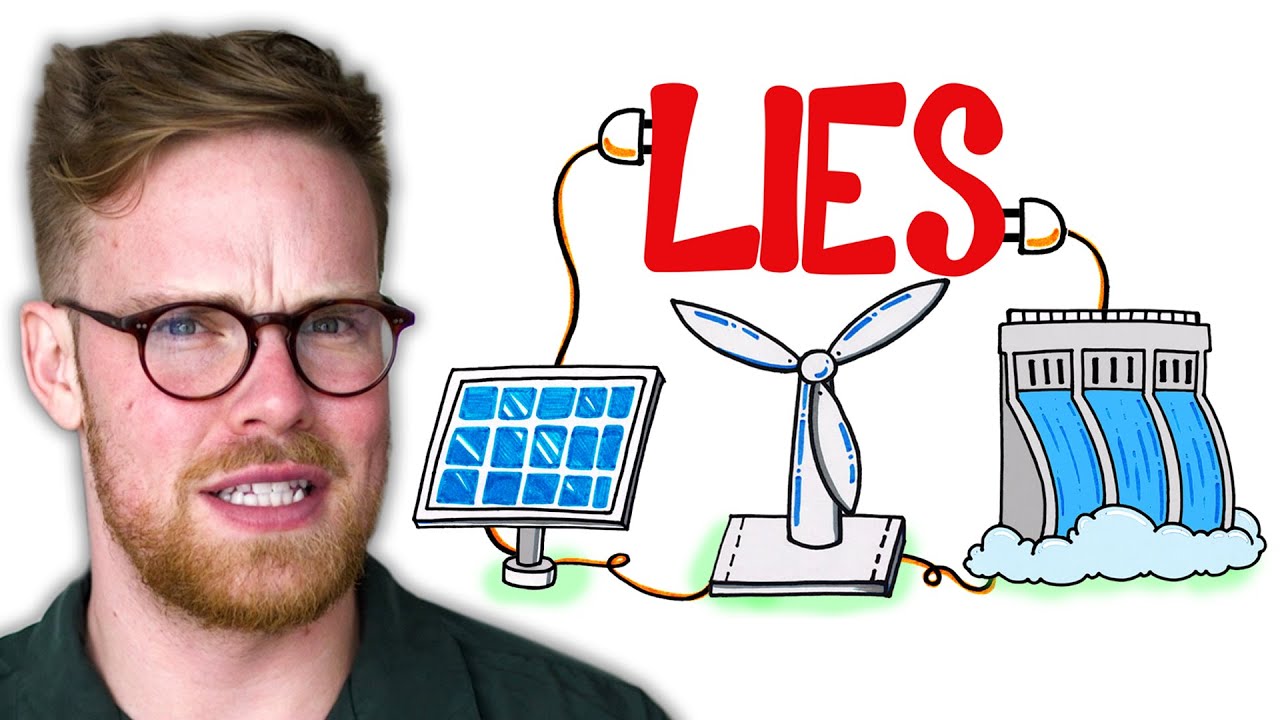
As the world increasingly shifts towards renewable energy, it is crucial to understand both its benefits and disadvantages. While renewable energy sources such as solar, wind, hydroelectric, and geothermal power offer a promising alternative to fossil fuels, they come with their own set of challenges. This article delves into the various aspects of renewable energy, focusing on its disadvantages, and what individuals and policymakers need to consider in the transition towards a more sustainable energy future.
Understanding Renewable Energy
Renewable energy refers to energy derived from natural processes that are replenished at a faster rate than they are consumed. The primary sources of renewable energy include:
- Solar Energy: Harnessed from the sun’s rays using solar panels.
- Wind Energy: Generated through wind turbines that convert kinetic energy into electricity.
- Hydroelectric Energy: Produced by the movement of water, typically through dams.
- Geothermal Energy: Comes from the heat stored beneath the Earth’s surface.
- Biomass Energy: Derived from organic materials, such as plant and animal waste.
The Importance of Renewable Energy
The transition to renewable energy is essential for several reasons:
- Environmental Protection: Reduces greenhouse gas emissions and mitigates climate change.
- Energy Security: Decreases reliance on imported fossil fuels, enhancing national security.
- Economic Opportunities: Creates jobs in manufacturing, installation, and maintenance of renewable energy systems.
Common Disadvantages of Renewable Energy
Despite its numerous advantages, renewable energy is not without its drawbacks. Here are some of the most significant disadvantages associated with renewable energy sources:
1. Intermittency and Reliability
One of the most significant challenges of renewable energy is its intermittency. Energy sources such as solar and wind are dependent on weather conditions, which can lead to fluctuations in energy production. This intermittency can create issues for energy reliability, particularly during peak demand periods.
2. Energy Storage Challenges
To address the issue of intermittency, energy storage solutions are required. However, current storage technologies, such as batteries, have limitations:
- Cost: High-quality batteries can be expensive, affecting the overall cost-effectiveness of renewable energy systems.
- Capacity: Many storage systems may not have the capacity to store sufficient energy for extended periods.
- Environmental Concerns: The production and disposal of batteries can have negative environmental impacts.
3. High Initial Costs
Although the long-term savings from renewable energy can be significant, the initial investment required for installation can be a barrier. For example:
- Solar Panels: The upfront costs for solar panel installation can be substantial, even with available incentives.
- Wind Turbines: The cost of setting up wind farms can be high, especially in remote areas.
4. Land Use and Habitat Disruption
Renewable energy installations can require significant land areas, leading to potential habitat disruption. This is particularly evident in:
- Solar Farms: Large solar farms can occupy vast stretches of land, impacting local ecosystems.
- Wind Farms: Wind turbines can pose threats to bird and bat populations, leading to ecological imbalances.
5. Resource Availability
Not all regions are suitable for all types of renewable energy. For example, solar energy is more effective in sunny regions, while wind energy is better in areas with consistent winds. This resource availability can limit the feasibility of renewable energy in certain locations.
Sector-Specific Disadvantages
Different renewable energy sectors face unique challenges that can affect their implementation and efficiency:
Solar Energy
While solar energy is a leading renewable resource, it has its drawbacks:
- Efficiency Rates: Current solar panels typically convert only about 15-20% of sunlight into electricity, with ongoing research aimed at improving these rates.
- Weather Dependency: Solar energy generation drops significantly during cloudy or rainy days, and there is no production at night.
Wind Energy
Wind energy also faces challenges that can hinder its growth:
- Noise Pollution: Wind turbines can create noise that affects nearby residents.
- Visual Impact: Many people find wind farms visually unappealing, which can lead to local opposition.
Hydroelectric Energy
Hydroelectric power, while effective, comes with its own set of issues:
- Impact on Aquatic Ecosystems: Dams can disrupt fish migration patterns and alter water quality.
- Displacement of Communities: Large hydroelectric projects can require the relocation of communities, leading to social and economic challenges.
Future of Renewable Energy
Despite the disadvantages, the future of renewable energy looks promising. Technological advancements and innovative solutions are being developed to address many of these challenges:
1. Improved Energy Storage Technologies
Investments in research and development are leading to the emergence of more efficient energy storage solutions, such as:
- Advanced Battery Technologies: Innovations in lithium-ion and solid-state batteries are improving storage capacity and reducing costs.
- Pumped Hydro Storage: This technology allows for the storage of excess energy by pumping water uphill during low demand and releasing it during peak demand.
2. Enhanced Grid Infrastructure
Modernizing the electrical grid can facilitate the integration of renewable energy sources. Key improvements include:
- Smart Grids: Utilizing digital technology to optimize energy distribution and reduce waste.
- Microgrids: Localized grids that can operate independently, enhancing energy resilience.
3. Policy and Incentives
Government policies play a crucial role in promoting renewable energy. Effective strategies include:
- Subsidies and Tax Incentives: Financial support can lower the initial costs of renewable energy installations.
- Renewable Energy Standards: Mandating a certain percentage of energy to come from renewable sources can drive growth.
Conclusion
In conclusion, while renewable energy offers a viable path towards a sustainable future, it is essential to recognize and address its disadvantages. By understanding the challenges associated with renewable energy sources, individuals, businesses, and policymakers can make informed decisions that promote the development of cleaner, more sustainable energy systems. The transition to renewable energy is not without its hurdles, but with continued innovation, investment, and commitment, the potential for a greener planet is within reach.

